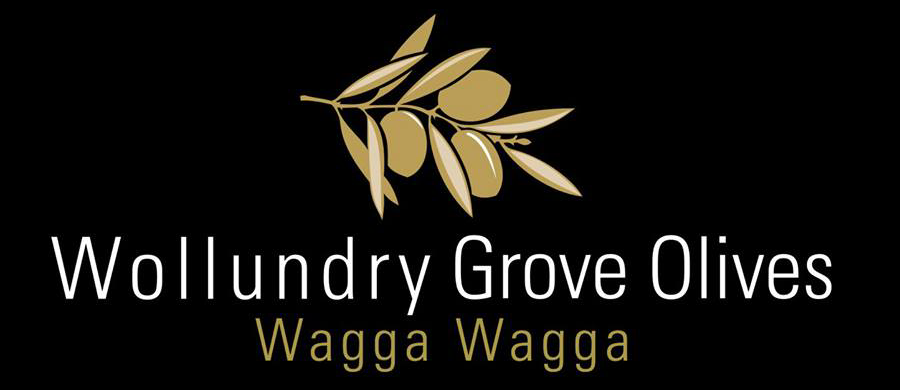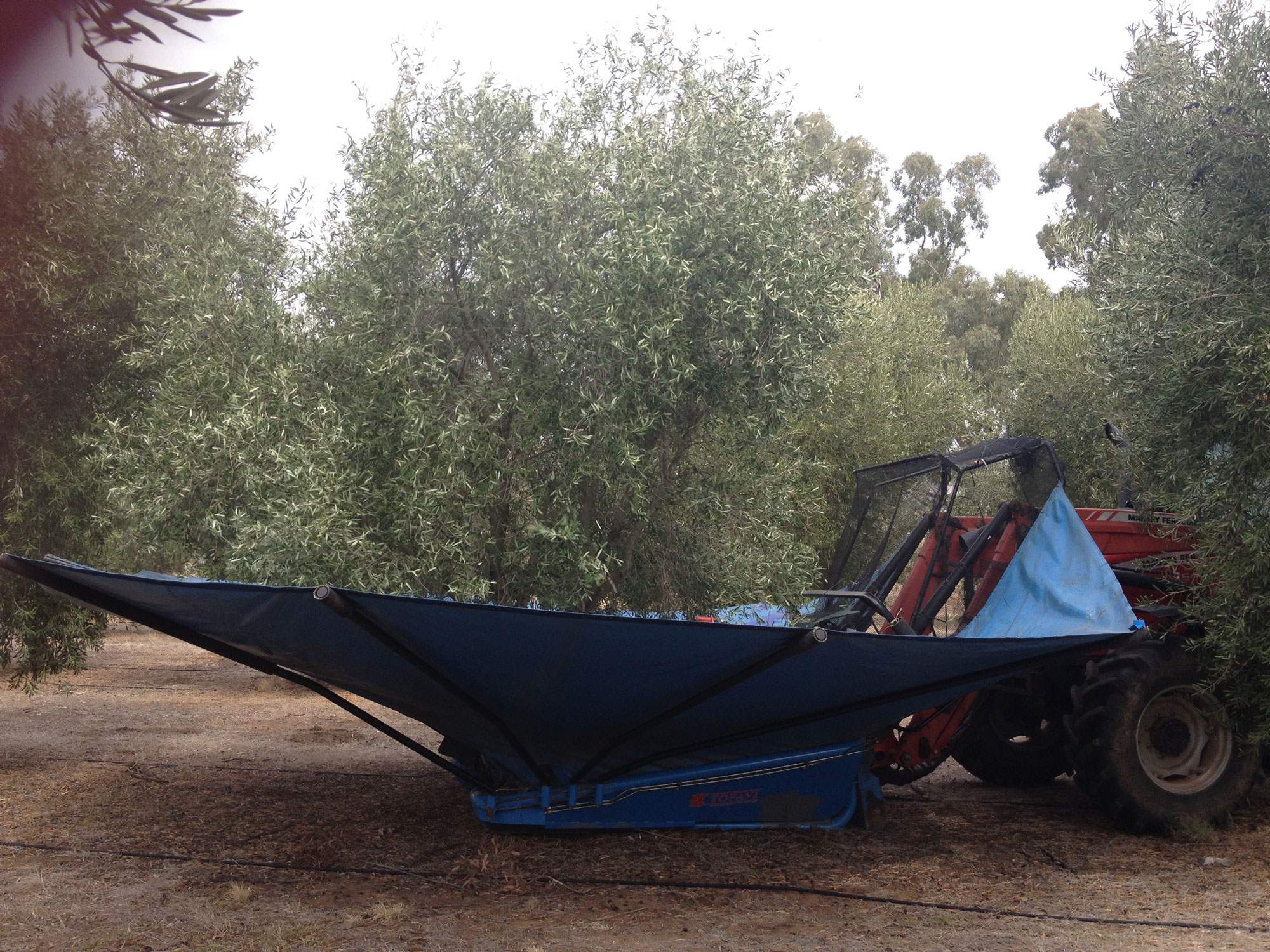Our Production Process
Olive Oil
Our harvest season normally begins in April-May and can last for a few months. Olives are machine harvested and are mechanically processed within 24 hours of harvest.
The processing plant consists of 4 main components:
A hammer mill, which crushes the whole fruit including the seed,
A malaxer (kneader), which agitates the paste for oil droplets to come together,
A centrifuge, which separates the oil from water and pomace waste, and
A vertical separator, which removes residue sediment and water.
The oil is then stored in stainless steel vats in an atmosphere-controlled cool room, free from light and air for approximately a month or two for the sediment to settle.
Before reaching the shelves, our oil must be certified under the Australian Code of Practice in order to be classified as extra virgin olive oil . This process consists of a chemical analysis testing for free fatty acids (quality and cleanliness), polyphenol content (antioxidants and shelf life), peroxide (measuring freshness) and UV absorption (whether the oil has been refined or overheated). The final stage of accreditation is an organoleptic test which is a taste and smell test to detect any faults.
Table Olives
The variety we use for table olives is the Manzanillo, meaning 'little apple' in Spanish.
Once they have turned black, the olives are hand picked and processed in a simple solution of brine (salt and water). It takes around 12 months for the olives to de-bitter. From here, the olives are graded for softness, colour and blemishes before being placed in jars to be pasteurised.
Although black olives are not as firm as green, they retain a lot more of their natural flavours.





